10. Hime-Anole (Keisuke Yoshida, 2016)

Keisuke Yoshida manages to merge two films into one, elaborately, as the transition between the two parts is utterly smooth, despite their many differences. The fact that the second part, which contains violence, gore and sex comes after the first one, which could be rated PG13, is a very unusual tactic, but Yoshida made the most of it. The same applies to the messages he presents, as the first part shows the lives of the people living in the borders of society and where that can lead them, while the second highlights the consequences of bullying and violence in general.
9. Harmonium (Koji Fukada, 2016)

Koji Fukada directs, pens and edits a film that soars with tension, despite the calmness that seems to emit from the characters. However, it eventually erupts from all of them. In that fashion, Toshio is tormented by his past and Kusataro's presence only makes the sentiment worse. His eruption, though, comes later, after the horrific event, in the form of a slap. Mariko is sexually repressed and her eruption comes when she starts having feelings for Kusataro. He is actually infuriated and jealous of the fact that he went to prison and Toshio stayed behind, managing to have a business and a family. His first eruption comes when the family makes a trip to the river, but he manages to contain it. The second one though, is horrific, in an act that makes the tension even more intense in the second part. (Panos Kotzathanasis)
Buy This Title
8. Chiwawa (Ken Ninomiya, 2019)
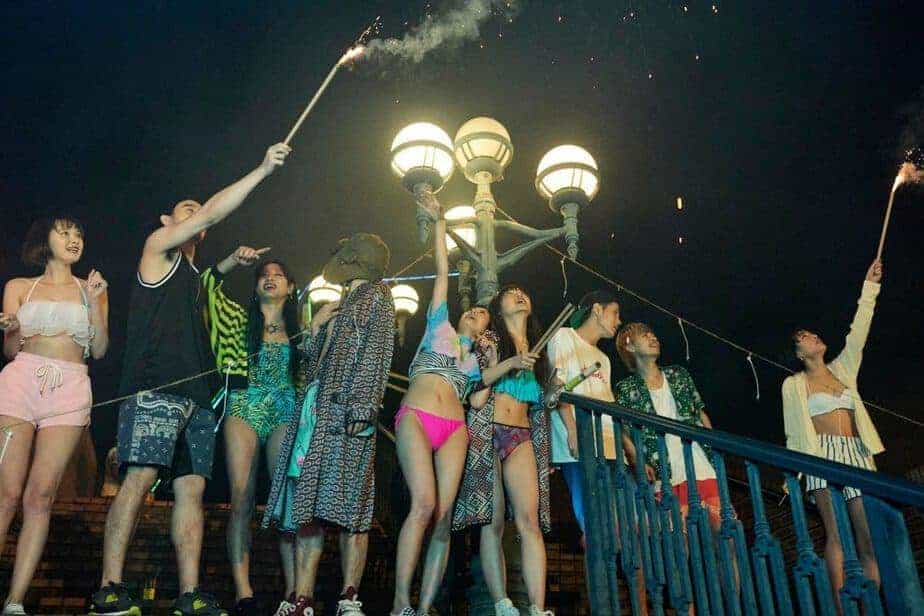
The world of show business, and particularly its dark side, and the fact that youths in Japan nowadays just roam around their lives with no sense of purpose, just searching for any kind of excitement are the two most central ones. The deconstruction of Chiwawa, who appears as a happy-go-lucky girl, but is revealed to be rather insecure in the hands of Sakata, is another focal point, with her downward spiral being the main source of thriller elements in the movie. Miki's seriousness and pragmatism, particularly regarding her acknowledgement that “the party” cannot last forever is another very interesting aspect, with Mugi Kadowaki presenting this as convincingly as Shiori Yoshida as Chiwawa presents the exact opposite. This last aspect (that the party is over), in combination with the “search for the true Chiwawa”, the visuals, the music, and a sense of nostalgia that permeates the last timeline, is what reminded me of “Velvet Goldmine”. (Panos Kotzathanasis)
Buy This Title
7. The Day of Destruction (Toshiaki Toyoda, 2020)

“Days of Destruction” is a distinct proof that Toshiaki Toyoda is in top form once more, and all we can do as viewers, is sit back and enjoy what the Japanese director has in store for us for the future. (Panos Kotzathanasis)
6. Rebirth (Izuru Narushima, 2011, Japan)

Izuru Narushima took a risk, exposing little Konomi Watade (Kaoru) so much in front of the camera, though at the end he certainly won the gamble, since she performed in utter professionalism despite her age. Another accomplishment of his is that he managed to portray a character like Kiwako, whose crime is universally considered nefarious, in a way that makes her seem as the true tragic figure of the story, resulting in the audience sympathizing with her in the end. (Panos Kotzathanasis)
Buy This Title
5. Destruction Babies (Tetsuya Mariko, 2016)

The way Tetsuya Mariko directs the film is quite hard to believe, as Taira goes from street fight to street fight, in a loop that seems to make him stronger each time is repeated. Apart from his first victim, though, the rest of his opponents somewhat deserve it, since they include yakuza and two brats with dyed blond hair who decide to make fun of him. This endless fighting could become tedious, but Mariko's direction and Yuya Yagira's magnificent, silent acting make it very hard to look away from the screen. (Panos Kotzathanasis)
Buy This Title

4. Guilty of Romance (Sion Sono, 2011)

Sion Sono directs and pens a film proving how well he can handle the extreme. His usual tactic of leaving little or nothing to the imagination, finds its peak in “Guilty of Romance”, both in the erotic and the violent scenes. The former are the most exquisite, chiefly due to the physiognomic antithesis of the two main leads: Megumi Kagurazaka, a former gravure idol who plays Izumi is voluptuous, whereas Makoto Togashi, as Mitsuko, borders on anorexic. (Panos Kotzathanasis)
Buy This Title
3. Killing (Shinya Tsukamoto, 2018)
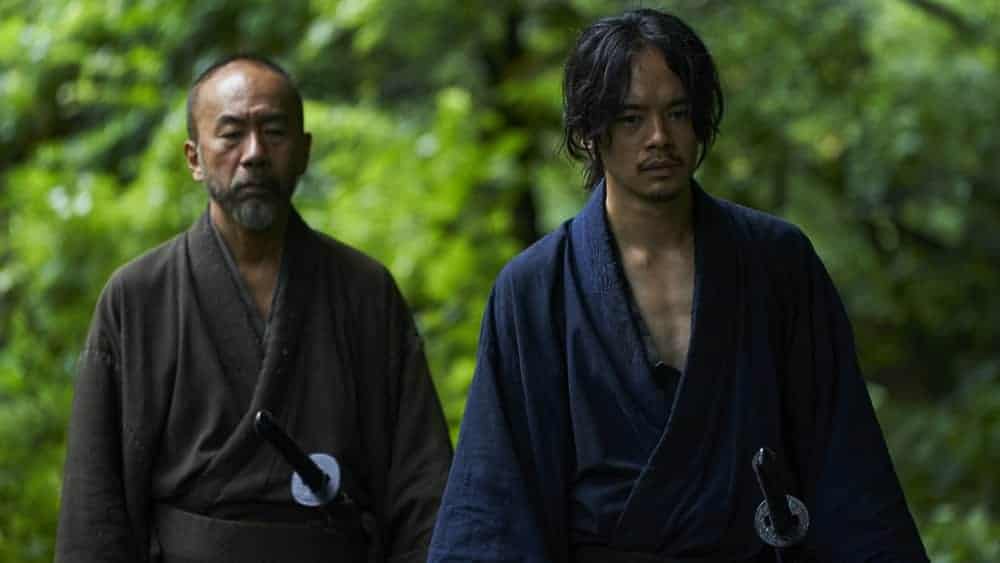
This “opening” is where Tsukamoto's main comments lie: Once violence ensues, no one remains unaffected, despite his degree of involvement, and the closing of the cycle is as difficult as its opening is easy. His approach towards the presentation of the aforementioned borders on the extreme, as he does not shy away from the violence even a bit, with the tendency finding its apogee in the scene in a small cave, which could be easily described as butchering. The amount of violence in the film, however, does not hide his messages by any means, as his hatred for war and violence in general extends to the concept of revenge, human nature (in terms of how people cherish violence when they benefit from it), and the fact that samurai swordsmanship may look impressive and noble, but in reality, its only purpose is to kill. (Panos Kotzathanasis)
Buy This Title

2. A Bride for Rip Van Winkle (Shunji Iwai, 2016)
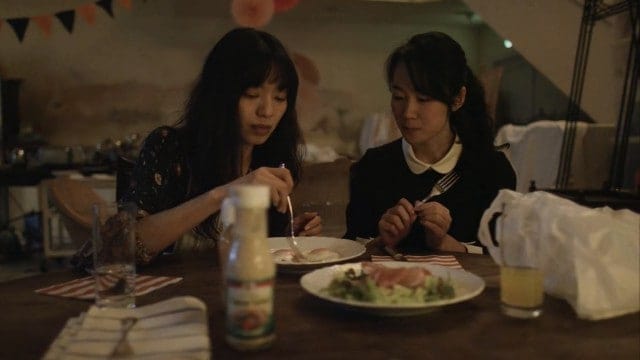
Iwai manages to present a number of messages regarding Japanese society, through a relatively abstract narrative that goes in and out of surrealism a number of times. The lack of actual communication among people and the “solution” provided the social media depict one of the most central, with the consequences of actually making life decisions based on people one meets online being disastrous. The fact that money seems to buy everything, from guests at a wedding to actual friends, is another, with Iwai including an ironically funny sequence where Amuro is taking care of a number of children in the park, actually having them on leashes, as if they were animals. The relationships of parents and children, which stretch from almost non-existant to oedipal is another one, while the futility of the concept of marriage, which derives from silly social rules and constant pretentiousness is another. (Panos Kotzathanasis)
Buy This Title
1. Shoplifters (Hirokazu Koreeda, 2018)
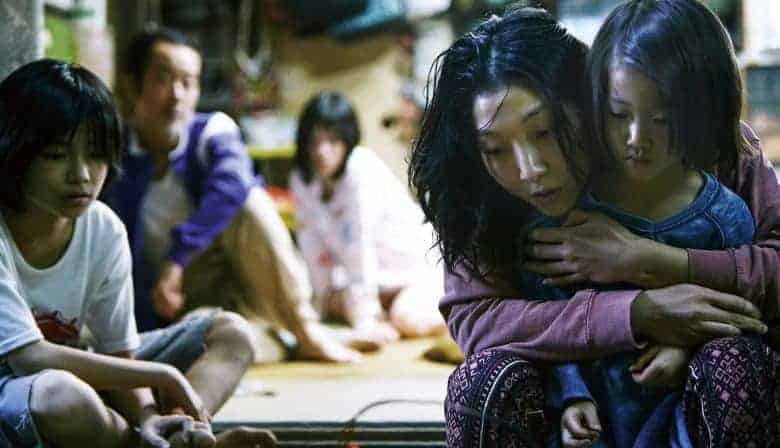
“Shoplifters” is a touching family drama by one of the most significant talents of that particular genre. With a magnificent cast and the beautiful cinematography by Kondo Ryuto, it is a film which deserves the praise it has received and, undoubtedly, will receive in the near future. In many ways it is a story not of, but rather for our times, for the “invisible people” as actress Cate Blanchett called them referring to the family in “Shoplifters” are there, although we have forgotten about them. And their stories need to be told, need to be taken seriously and deserve attention. (Rouven Lin)
Buy This Title







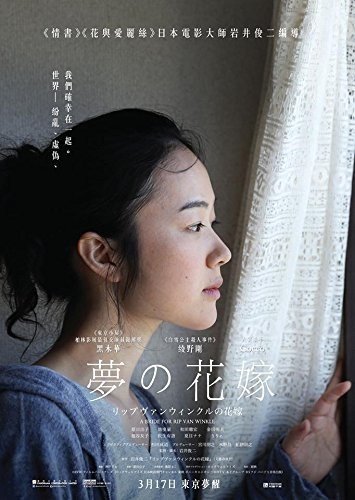




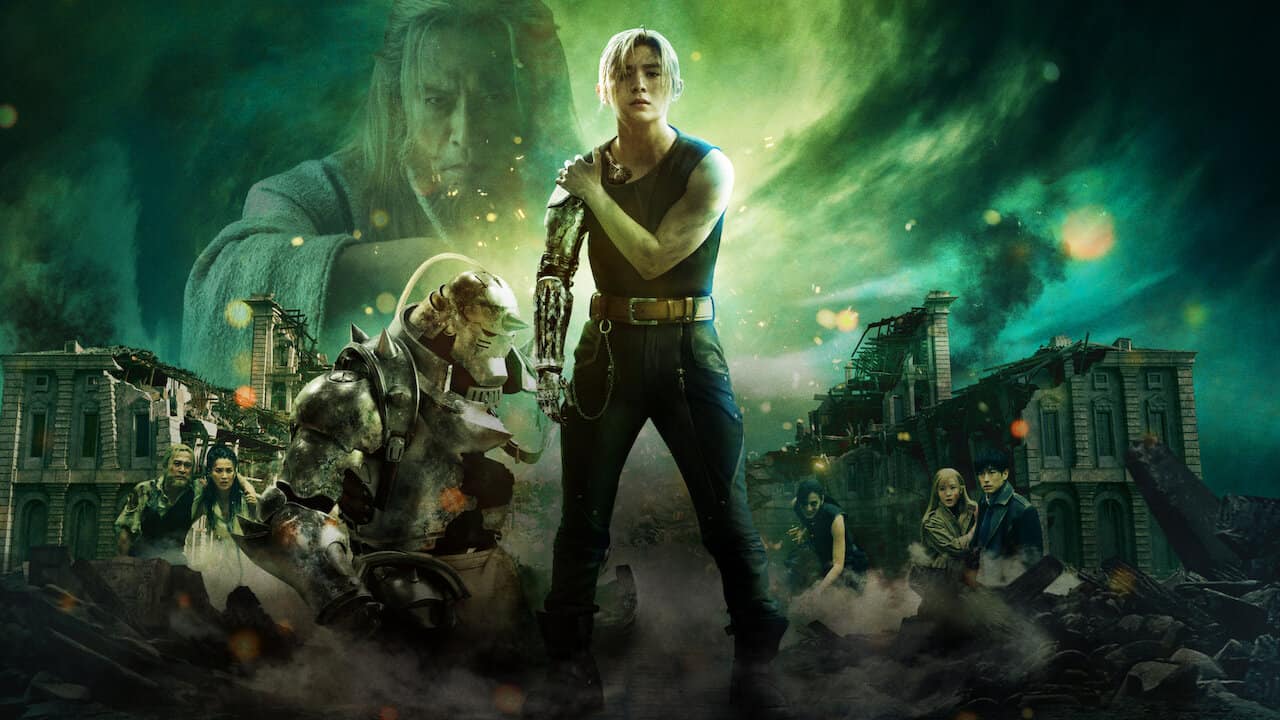
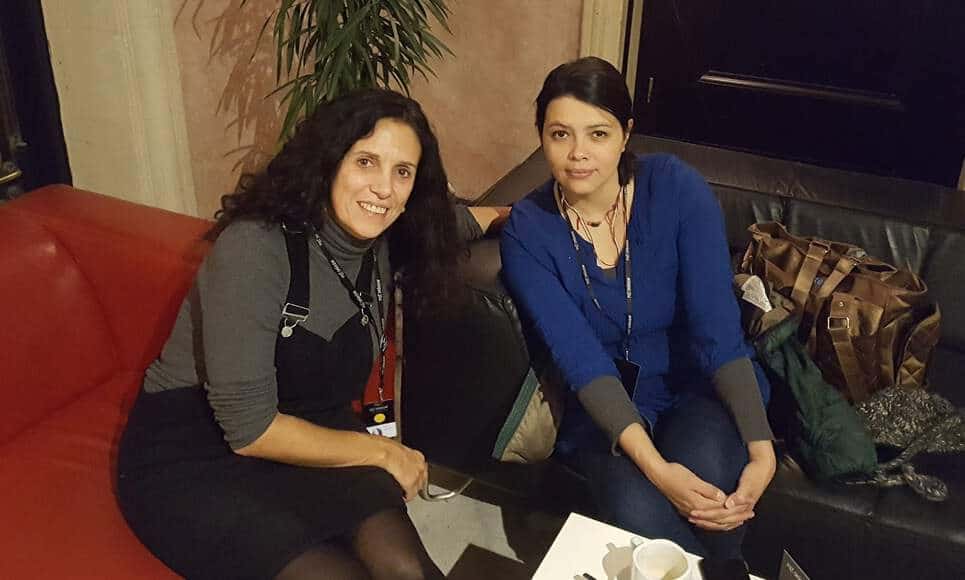







this ‘killing’ that u put as number 3 is bad.
the camera is awfully shaky, the sounds effects dont match the scenes at all.
Totally disagree